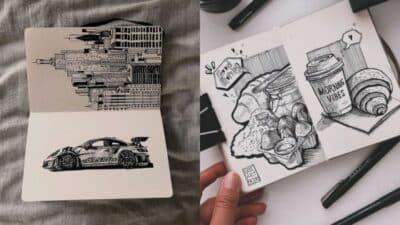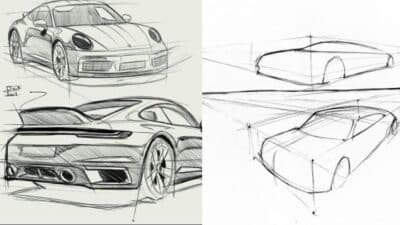Ever dreamed of a creative space that’s uniquely, beautifully, and authentically you? Imagine flipping through pages that aren’t just blank canvases, but vibrant collages of your thoughts, inspirations, and artistic flair. That’s the magic of a sketchbook with stickers aesthetic design. It’s more than just a place to doodle; it’s a personal gallery, a mood board, a visual journal, all meticulously crafted to reflect your individual style.
In a world full of digital distractions, there’s something deeply satisfying about the tangible act of creating. Adorning a sketchbook with stickers isn’t just a trend; it’s a mindful practice, a creative outlet that blends art with personal expression. Whether you’re a seasoned artist, a budding creative, or simply someone looking for a fun, therapeutic hobby, designing an aesthetic sketchbook can unlock a new realm of joy and self-discovery. This guide will walk you through everything you need to know, from choosing your tools to finding your signature style, ensuring your sketchbook becomes a true masterpiece of your own making.
Why Embrace the Aesthetic Sketchbook Trend?
The allure of a beautifully decorated sketchbook extends far beyond its visual appeal. It’s about creating a personal sanctuary, a tangible representation of your inner world. In an age where much of our lives exist online, the act of physically cutting, pasting, and drawing offers a refreshing break, a moment of analog mindfulness.
A Canvas for Self-Expression
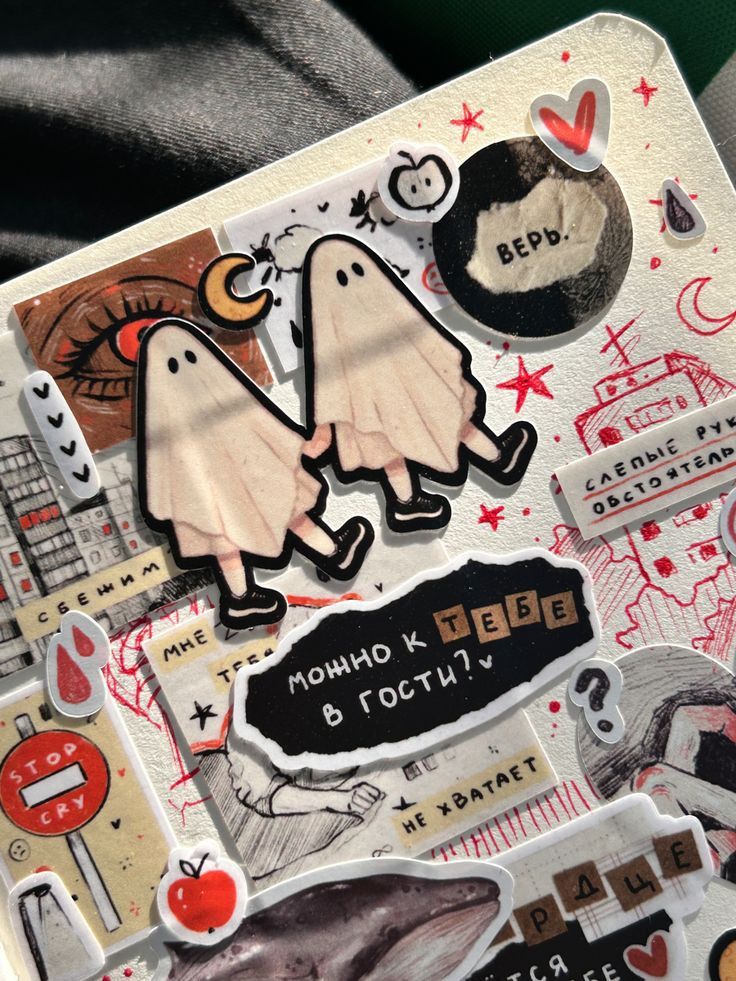


Your aesthetic sketchbook is a mirror to your soul. Each sticker, every brushstroke, and every piece of ephemera you choose tells a story about your tastes, your moods, and your current fascinations. It’s a safe space to experiment with different themes, colors, and textures without the pressure of perfection. Think of it as a highly personalized visual diary, evolving alongside you. This creative process encourages a deeper connection with your own artistic preferences and helps you refine your unique point of view, much like how a well-considered interior design scheme reflects personal taste in a living space.
A Boost for Creativity and Inspiration
Having a dedicated space that feels inspiring can dramatically impact your creative flow. When you open a sketchbook adorned with your favorite stickers and charming designs, it immediately sets a positive tone. It invites you to create, to doodle, to brainstorm, and to let your imagination run wild. This continuous engagement with aesthetically pleasing elements can spark new ideas, push you out of creative ruts, and encourage you to explore different art forms. It’s a physical manifestation of an aesthetic photography mindset, translating digital inspiration into tangible art.
A Mindful and Therapeutic Practice

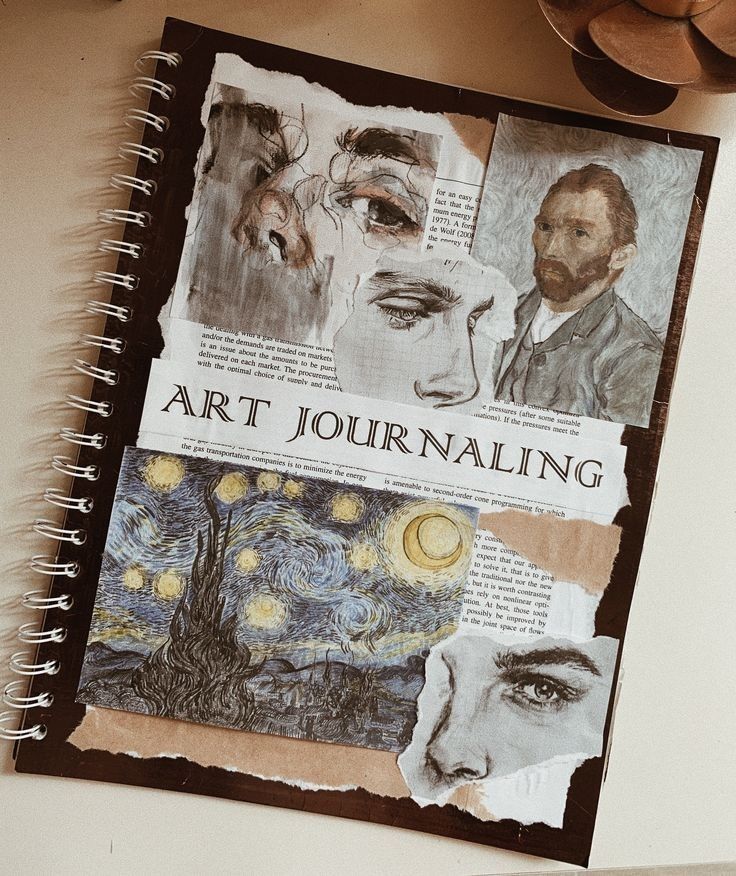
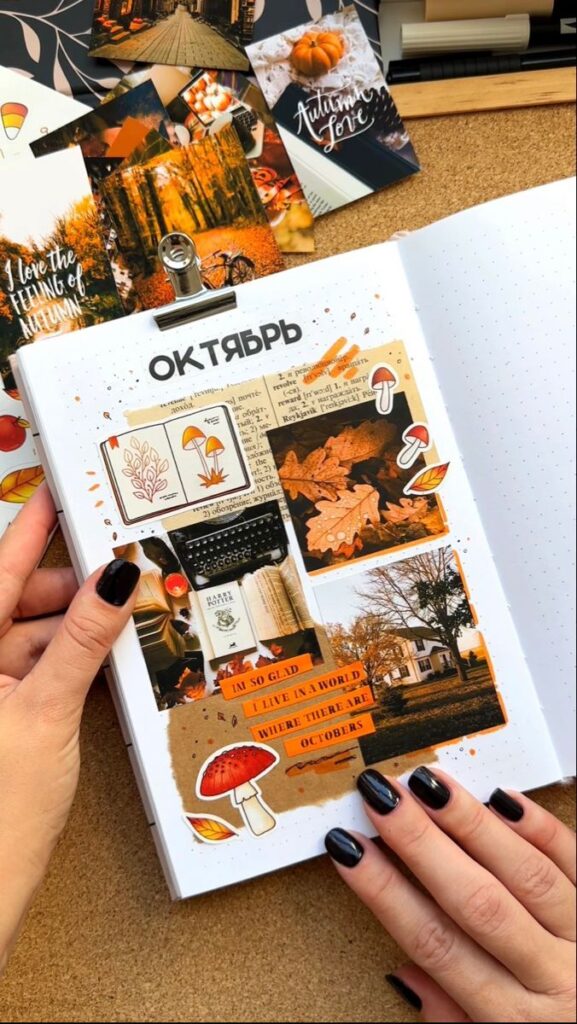
In our fast-paced lives, finding moments of calm is crucial. Designing an aesthetic sketchbook can be incredibly therapeutic. The repetitive motions of selecting stickers, arranging them, and adding personal touches can be meditative, helping to reduce stress and anxiety. It allows you to focus on the present moment, immersing yourself in the creative process and forgetting external worries. This practice is akin to journaling, but with a visual twist, providing a soothing escape and fostering a sense of accomplishment.
A Tool for Memory Keeping and Idea Generation
Your sketchbook can become a treasure trove of memories and ideas. Use stickers and drawings to document events, capture fleeting thoughts, or even brainstorm future projects. It’s a fantastic way to compile visual references for personal artwork, design projects, or even future home renovations. Over time, these pages will become a rich archive of your journey, a delightful reminder of where your mind has wandered and what has inspired you.
Gathering Your Essentials: The Foundation of Your Aesthetic Sketchbook
Before diving into the fun part, you need the right tools. The beauty of creating an aesthetic sketchbook is that you don’t need an extensive art studio; a few carefully chosen items can go a long way.
Choosing the Perfect Sketchbook


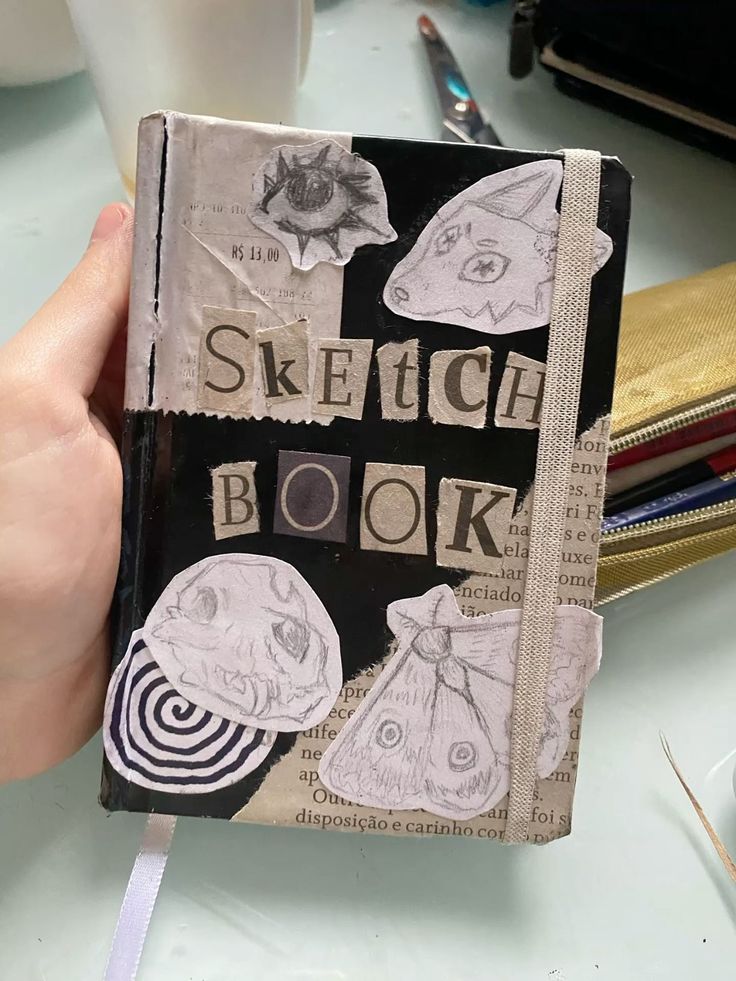
The sketchbook itself is your primary canvas. Consider these factors:
- Size: Do you prefer a compact sketchbook you can carry everywhere, or a larger one for more expansive layouts? Popular sizes include A5 (half of a standard letter page) for portability and A4 for more space.
- Paper Quality: This is crucial. Look for paper that can handle various mediums without bleeding through or wrinkling.
- Weight (GSM): 100-120 GSM is good for dry mediums and light washes. If you plan to use markers, watercolors, or lots of glue, opt for 150-200 GSM or higher.
- Texture: Smooth paper is great for fine lines and markers, while slightly textured paper can add character to drawings and hold certain inks better.
- Binding:
- Spiral-bound: Lays flat, making it easy to work on both sides of a page.
- Hardcover (case-bound): More durable and often looks more premium. Pages don’t lay completely flat, but it offers a more traditional feel.
- Stitched/Softcover: Lighter and more flexible, good for a casual, travel-friendly option.
- Cover Design: While you’ll be decorating the inside, a cover that sparks joy can be a great start! Or, choose a plain one for a completely custom exterior.
The Wonderful World of Stickers
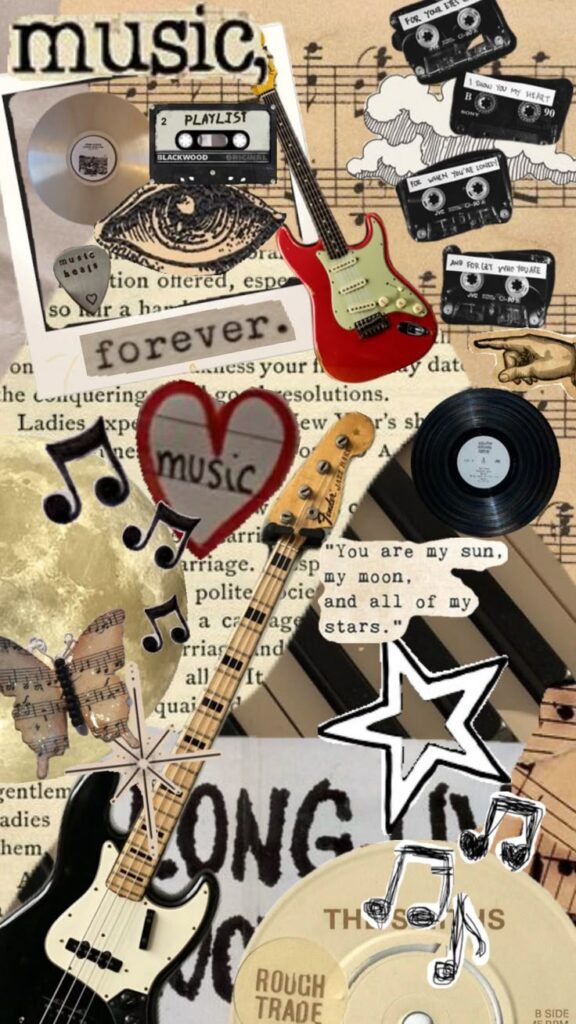

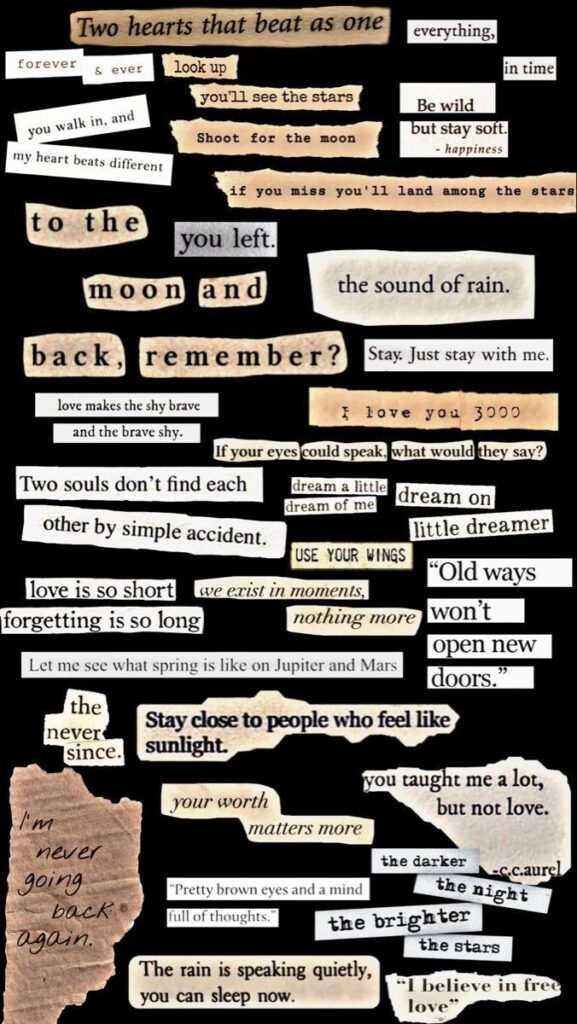
Stickers are the stars of your aesthetic sketchbook. The variety is endless, so explore what resonates with your style.
- Types of Stickers:
- Paper Stickers: Matte or glossy, easy to write on, and come in countless designs.
- Vinyl Stickers: Durable, often waterproof, and have a smoother finish. Great for covers or frequently touched pages.
- Holographic/Glitter Stickers: Add a dazzling, whimsical touch.
- Clear Stickers: Blend seamlessly into the background, giving a printed-on look.
- Washi Stickers: Often delicate, transparent, and perfect for layering.
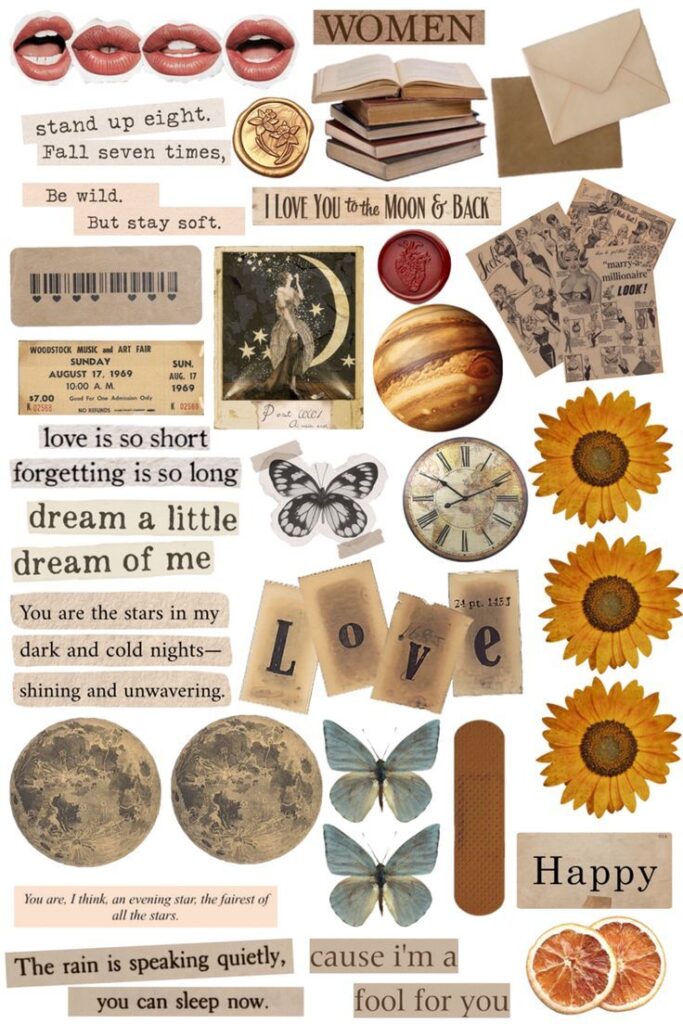
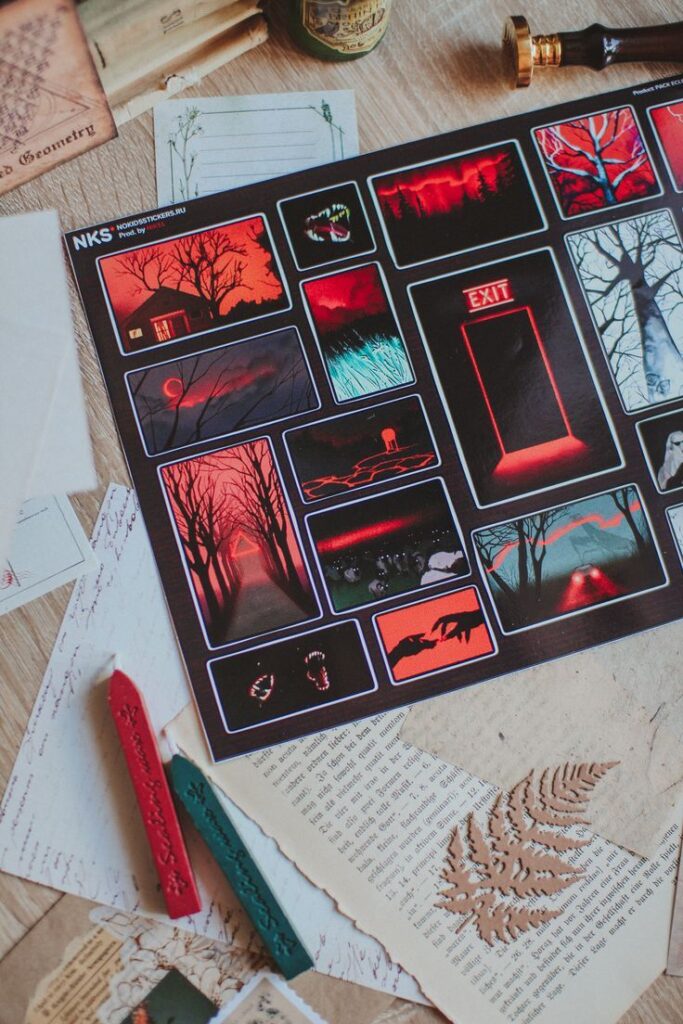
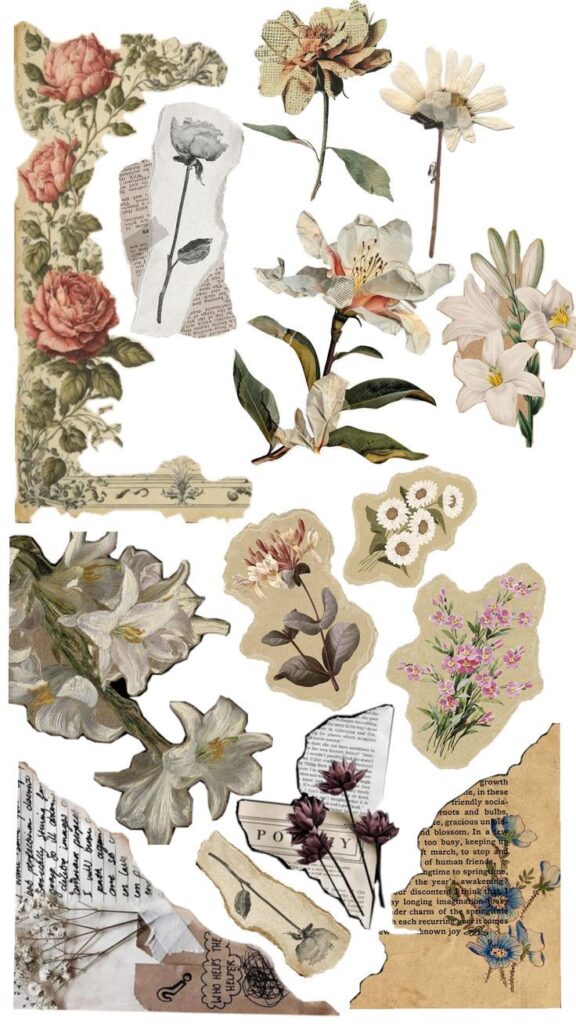
- Themes and Aesthetics: Think about the overall vibe you want. Do you love vintage botanical prints, cute kawaii characters, minimalist geometric shapes, or celestial themes?
- Where to Find Them: Online shops (Etsy, Amazon), local craft stores, stationery shops, independent artists, and even sticker subscriptions. Thrifting also uncovers unique vintage finds.
Beyond Stickers: Other Embellishments
To truly elevate your sketchbook, incorporate other materials. These add texture, depth, and a mixed-media feel.
- Washi Tape: An absolute must-have! Comes in endless patterns and colors, easy to reposition, and perfect for borders, layering, or simply adding a decorative strip.
- Ephemera: Think old tickets, stamps, dried flowers, pressed leaves, magazine clippings, fabric scraps, or even packaging. These add a unique, nostalgic, or organic touch.
- Journalling Cards/Scraps: Small decorative cards, cut-outs from patterned paper, or even old book pages.
- Inks and Pens: Fineliners, brush pens, gel pens, and metallic markers for drawing, lettering, and adding details.
- Light Paints: Watercolors, gouache, or acrylics (used sparingly) for washes, backgrounds, or illustrative elements.
- Adhesives: A good glue stick, double-sided tape, or a clear-drying liquid glue for securing your elements.
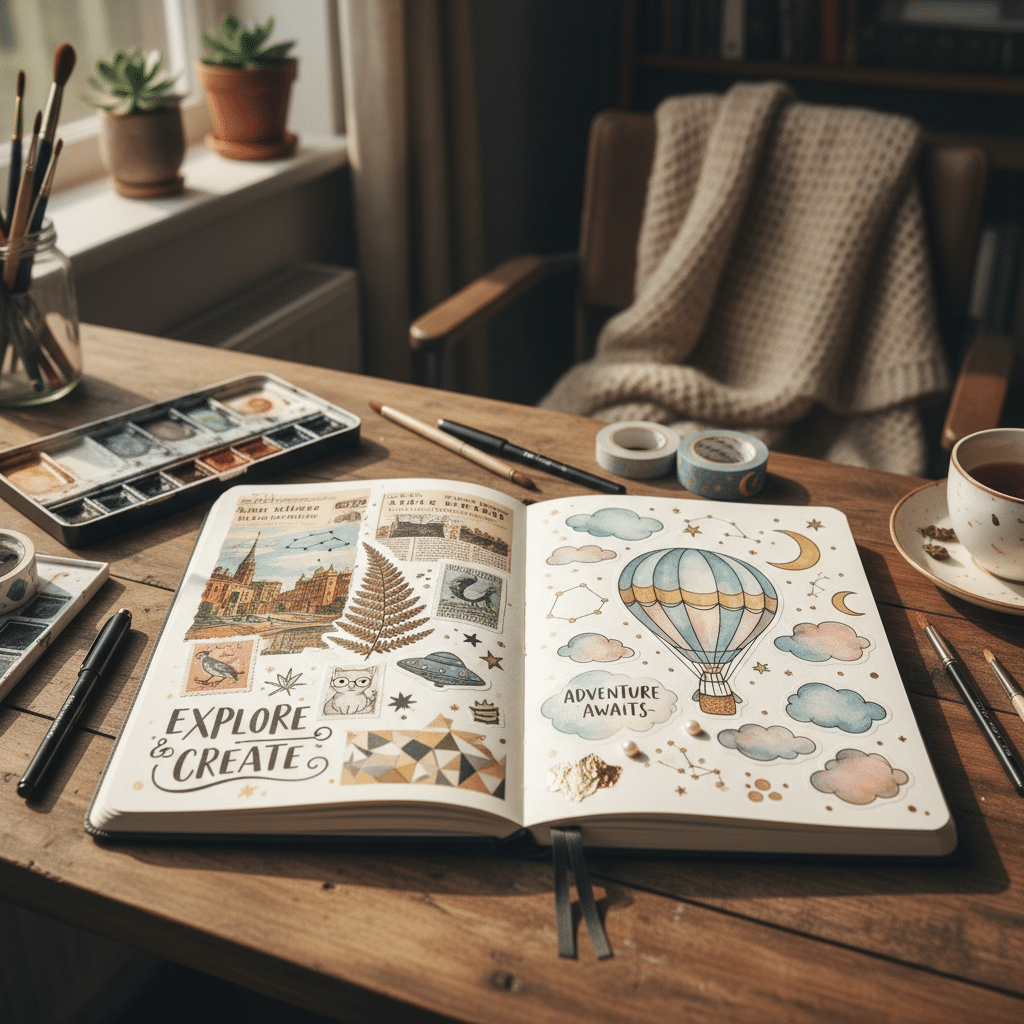
Defining Your Aesthetic: Finding Your Signature Style
One of the most exciting aspects of designing your sketchbook is discovering and refining your personal aesthetic. This isn’t about following trends blindly, but about understanding what truly resonates with you.
Explore Different Aesthetic Styles
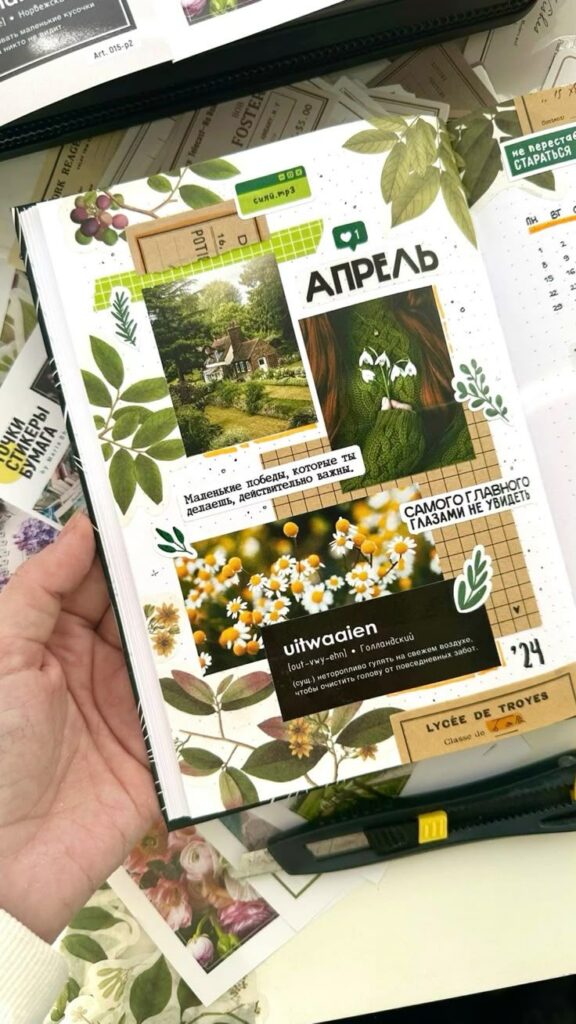
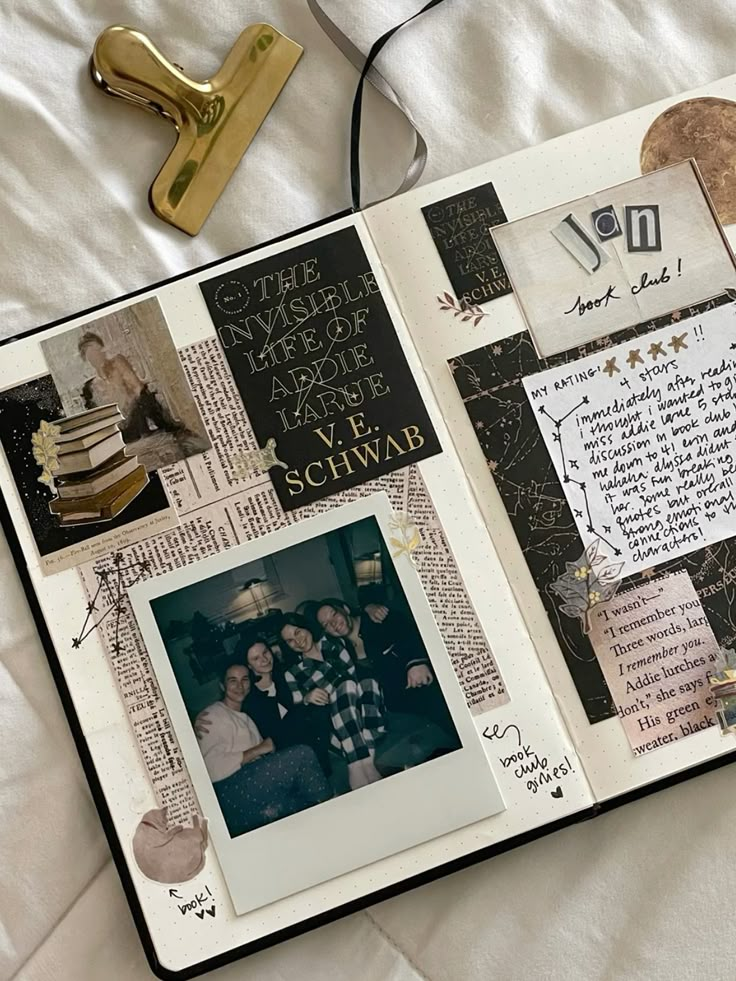
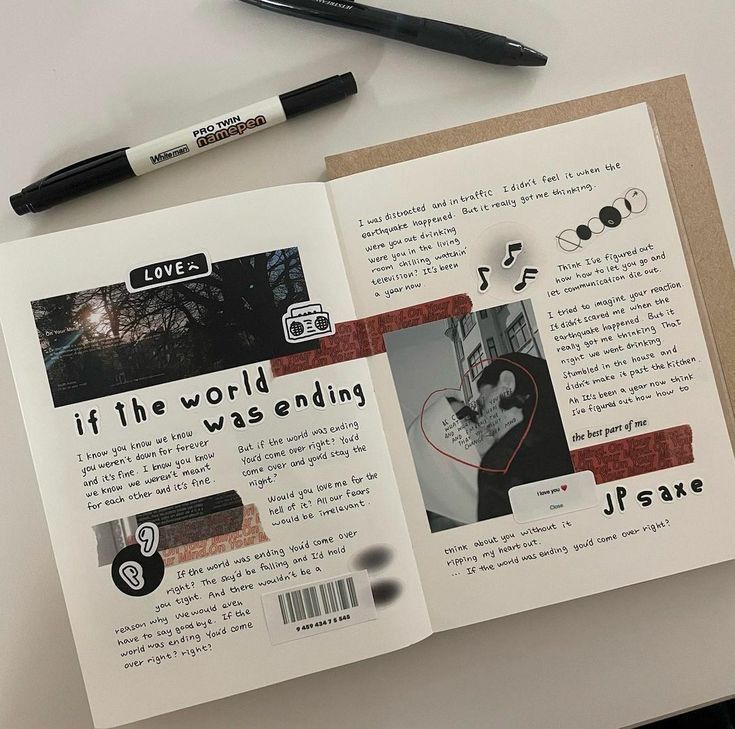
The world of aesthetics is vast and varied. Here are a few popular ones to inspire you:
- Vintage/Retro: Think sepia tones, old advertisements, botanical illustrations, classic movie stills, and faded photographs. Often incorporates elements like postage stamps, old maps, and lace. This aligns well with creating a classic, enduring look, similar to how vintage outfit ideas convey a timeless elegance.
- Minimalist: Clean lines, muted color palettes (neutrals, pastels), ample white space, simple geometric shapes, and a focus on clarity. “Less is more” is the mantra here.
- Cottagecore/Nature-Inspired: Embraces rustic charm, wildflowers, pressed leaves, forest creatures, natural textures, and a cozy, idyllic vibe.
- Dark Academia/Gothic: Rich, moody colors, classic literature references, architectural sketches, antique stationery, and a sophisticated, slightly mysterious atmosphere.
- Kawaii/Cute: Bright colors, adorable characters, playful designs, glitter, and a generally cheerful and charming feel.
- Grunge/Edgy: Distressed textures, darker color palettes, punk rock elements, bold typography, and a rebellious, unconventional attitude.
- Maximalist/Eclectic: No rules here! Layering patterns, clashing colors, mixing different eras and styles. It’s about abundance and personality.
How to Discover Your Own Aesthetic

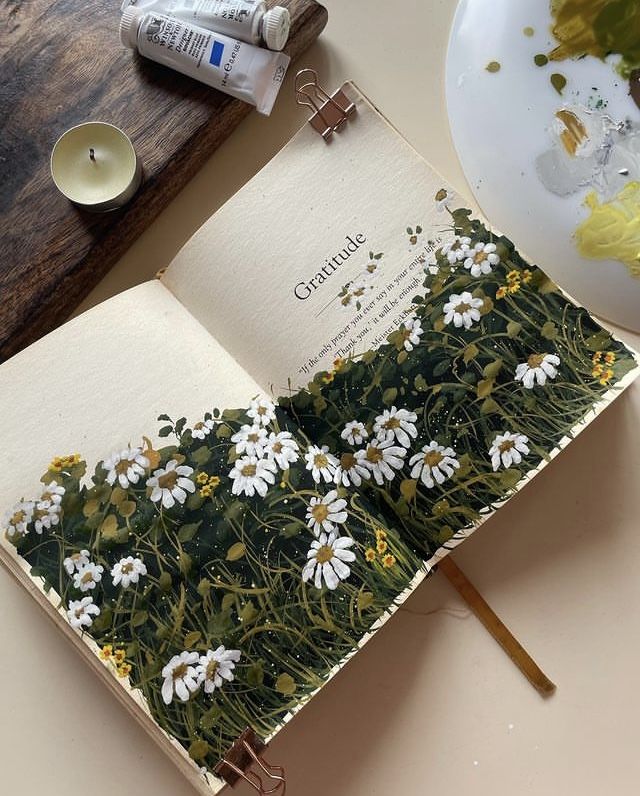
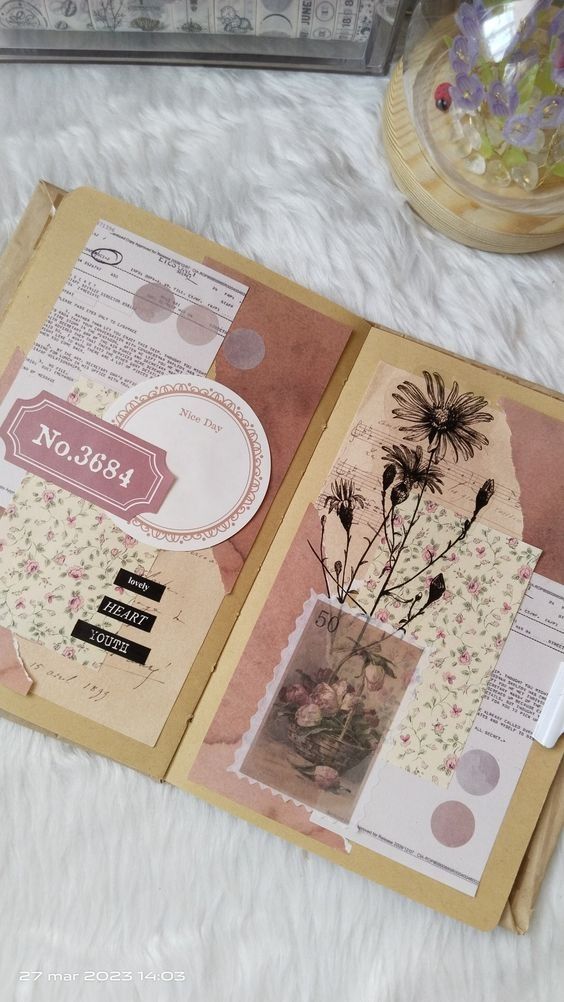
Don’t feel pressured to stick to one label. Your aesthetic can be a blend of many things!
- Gather Inspiration: Create a digital mood board (Pinterest, Instagram) or a physical one. Collect images, colors, textures, and themes that you love. Notice recurring patterns.
- Reflect on Your Interests: What hobbies do you have? What kind of music do you listen to? What books do you read? Your personal interests often provide clues to your aesthetic preferences.
- Consider Your Color Palette: Do certain colors consistently attract you? Are you drawn to vibrant hues, earthy tones, or cool blues? A cohesive color palette can instantly unify your sketchbook’s aesthetic.
- Experiment and Evolve: Your aesthetic isn’t fixed. It will likely change and grow as you do. Allow yourself to experiment with different styles and see what feels right at any given moment. The design process itself, whether for a sketchbook or for designing a merch line, is often an iterative journey of discovery.
Layout and Composition: Arranging Your Aesthetic Masterpiece
Once you have your supplies and a sense of your aesthetic, it’s time to bring your pages to life. Good layout and composition are key to creating visually pleasing and impactful designs.
Understanding Basic Principles
- Balance: Aim for visual equilibrium. This doesn’t mean symmetrical; asymmetrical balance can be even more dynamic. Distribute visual weight (colors, shapes, textures) across the page.
- Focal Point: What do you want the viewer’s eye to be drawn to first? This could be a large sticker, a central drawing, or a bold piece of text.
- Flow and Movement: How does the eye travel across the page? Use lines, shapes, and the placement of elements to guide the viewer’s gaze.
- Whitespace/Negative Space: Don’t feel the need to fill every inch. Strategic use of empty space gives elements room to breathe and prevents the page from looking cluttered.
- Repetition: Repeating certain shapes, colors, or motifs can create a sense of harmony and reinforce your chosen aesthetic.
Practical Layout Tips
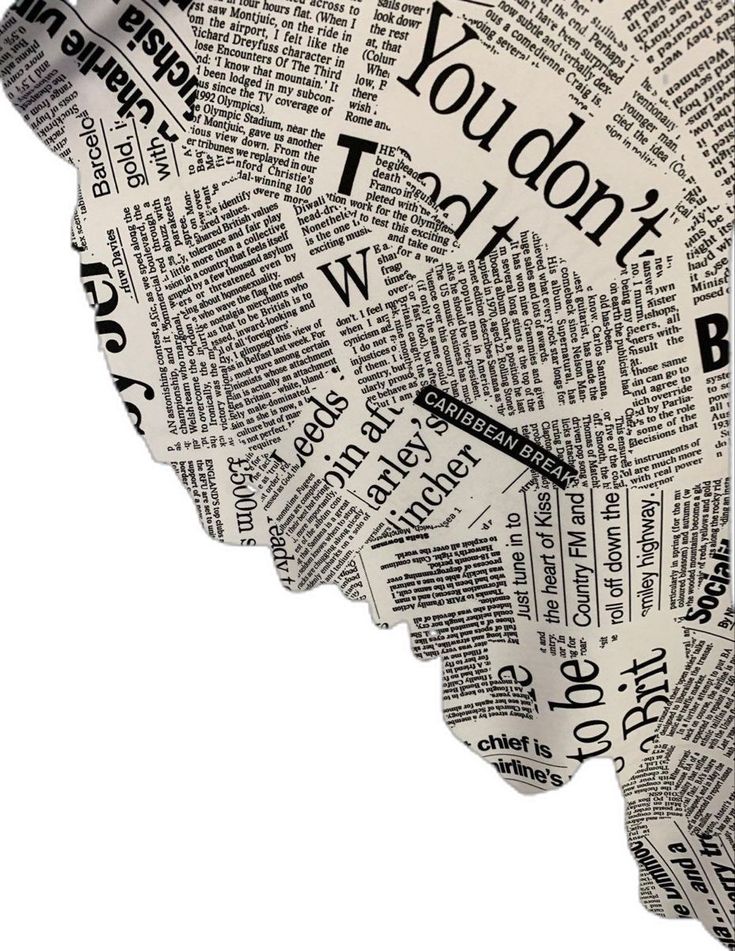
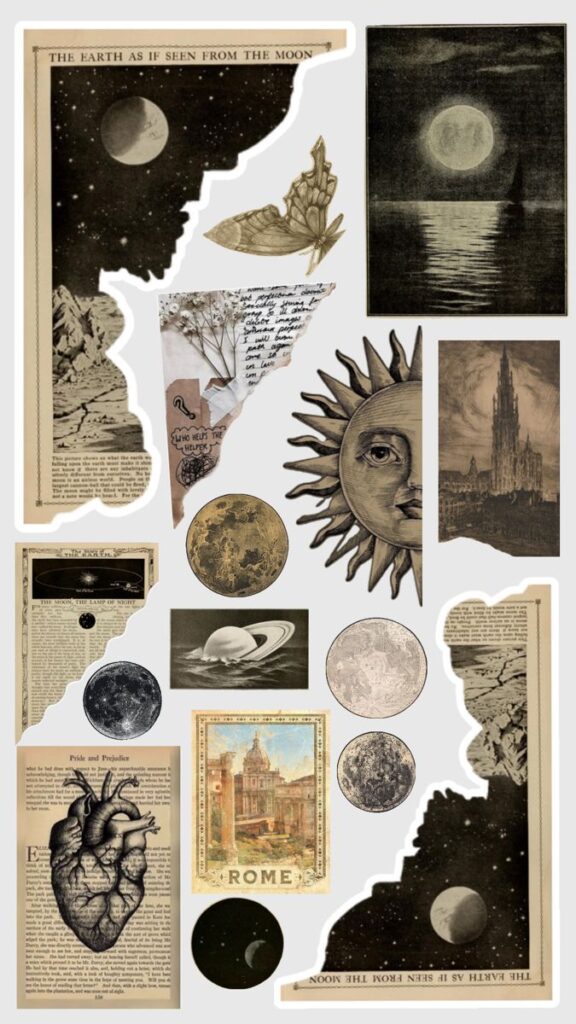

- Start with a Background: Before placing stickers, consider a light wash of watercolor, a piece of patterned paper, or a few strips of washi tape to establish a base.
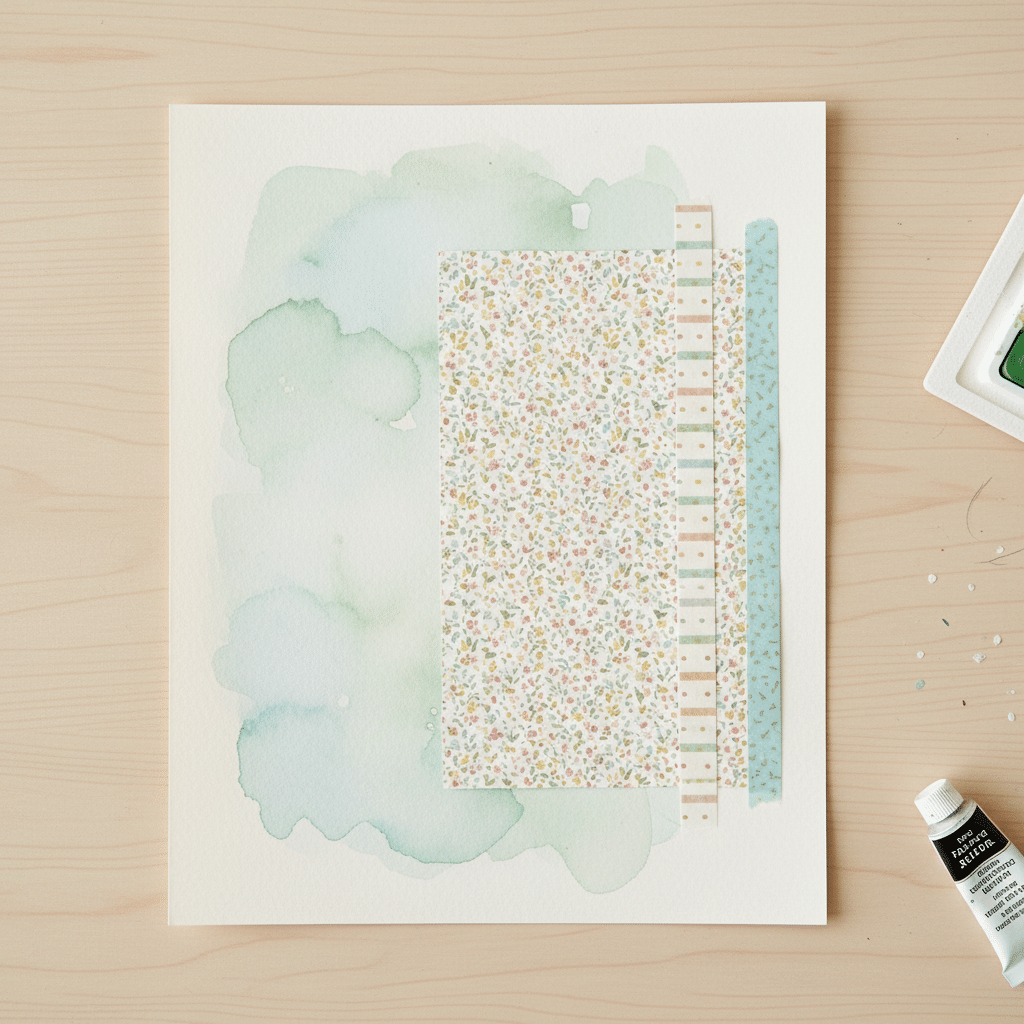
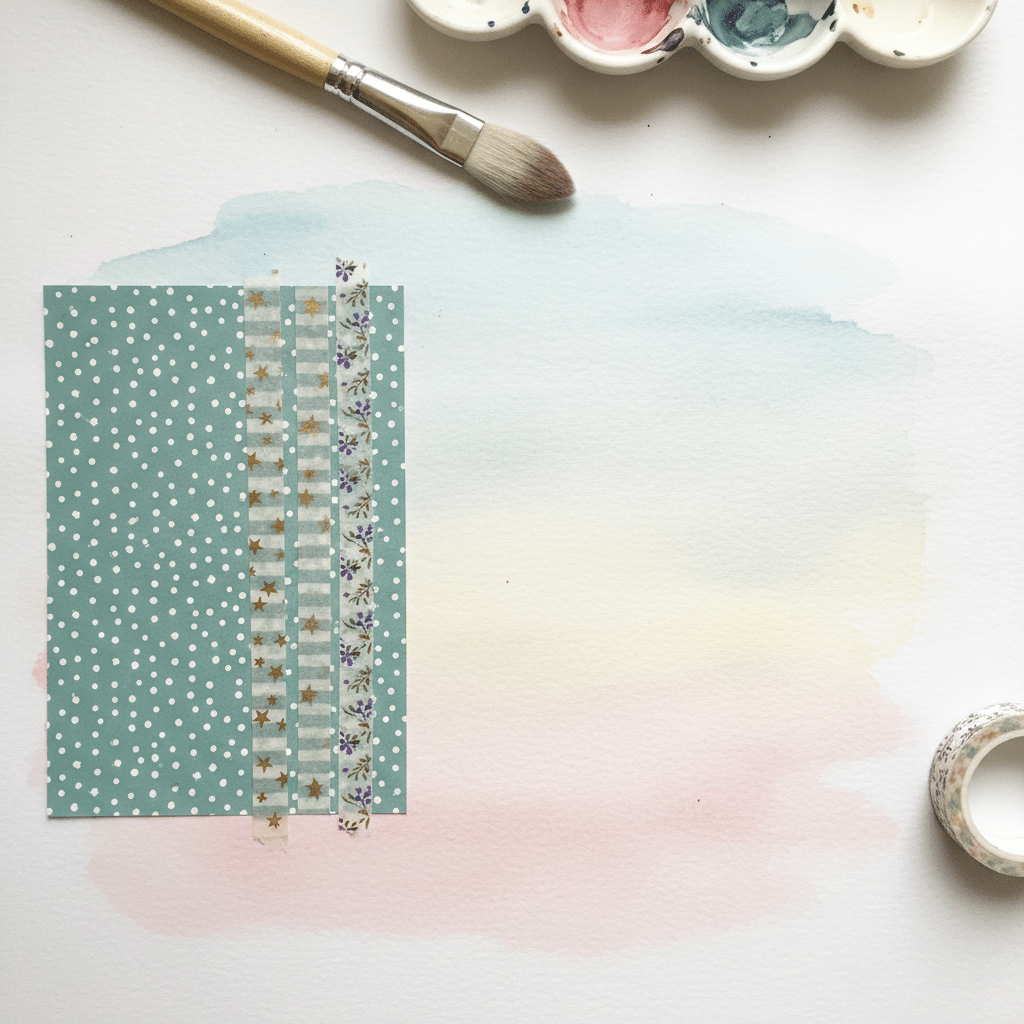
- Layering is Key: Overlap stickers, paper scraps, and other elements to create depth and interest. Place larger, flatter items first, then build up with smaller, more detailed pieces.
- Create Clusters: Group related stickers and elements together rather than scattering them randomly. This creates mini focal points and helps organize the page.
- Vary Sizes and Shapes: Mix large statement stickers with smaller accent stickers. Combine rectangular paper scraps with organic shapes or torn edges.
- Use Grids (Loosely): Even if you’re going for an organic look, having an invisible grid in mind can help with alignment and proportion, especially for more structured designs.
- Add Hand-Drawn Elements: Integrate your drawings, doodles, or hand-lettered quotes to personalize the page further. This blends the sticker aesthetic with traditional drawing techniques.
- Leave Room for Journaling: If you plan to write in your sketchbook, allocate clear spaces for text. Stickers can frame these areas beautifully.

Elevating Your Sketchbook: Advanced Techniques and Ideas
Once you’re comfortable with the basics, you can experiment with more sophisticated techniques to truly make your sketchbook sing.
Themed Pages and Spreads
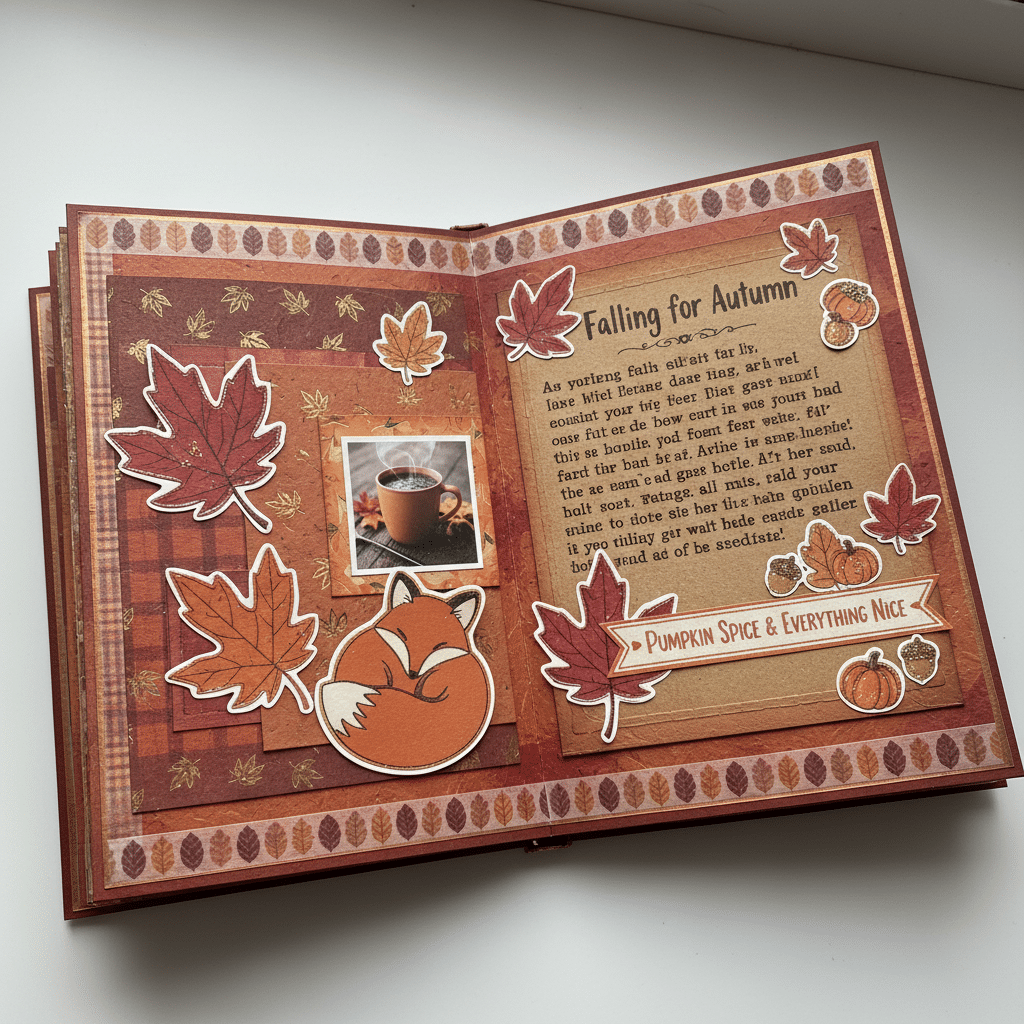
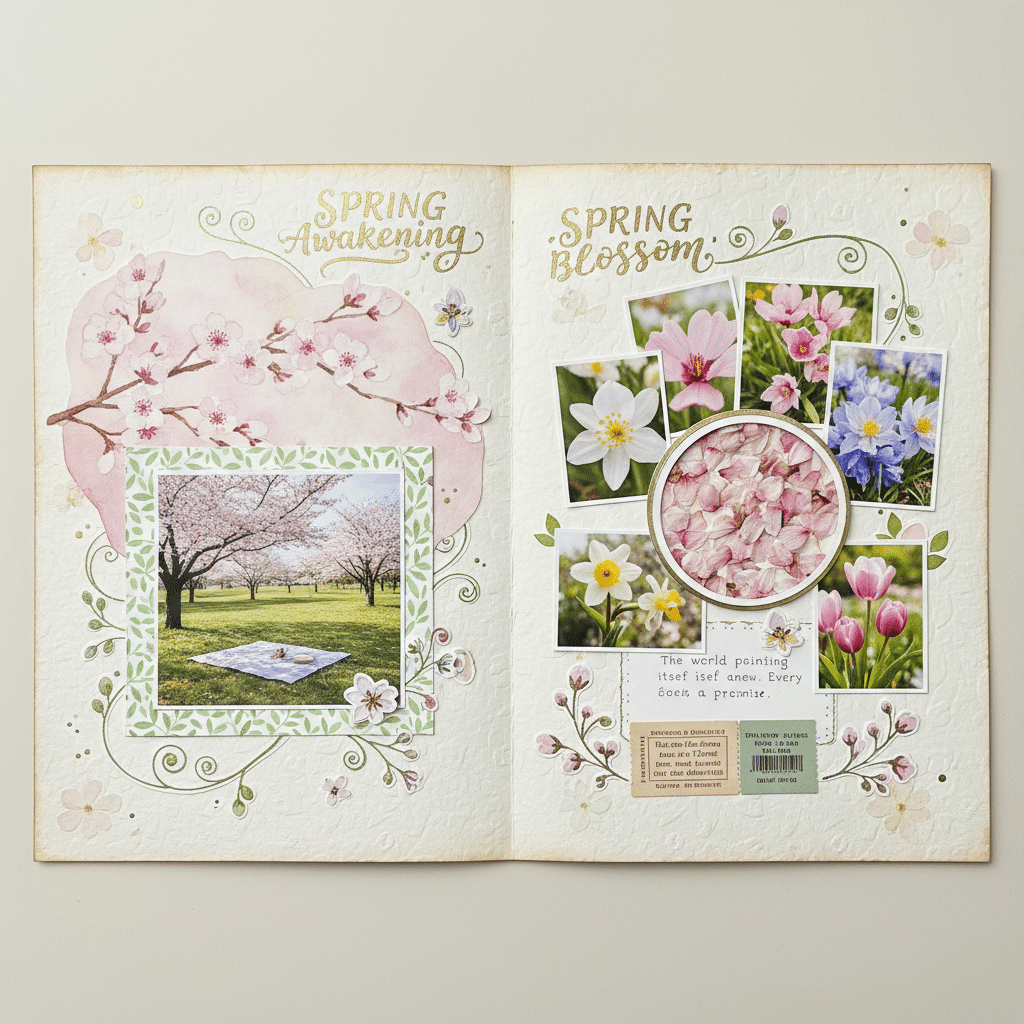
Instead of random creations, try dedicating entire pages or double-page spreads to a specific theme.
- Color Theme: Choose a dominant color and find stickers, paper, and pens in that hue or complementary shades.
- Seasonal Theme: Autumn leaves, winter snowflakes, spring blossoms, or summer beach vibes.
- Event Theme: Document a trip, a birthday, a concert, or a special memory. Include photos, tickets, and relevant stickers.
- Concept Theme: Dedicate a page to “dreams,” “gratitude,” “wanderlust,” or “self-care.”
- Mood Theme: Create pages that reflect a specific emotion – joyful, contemplative, energetic, or calm.
Incorporating Mixed Media

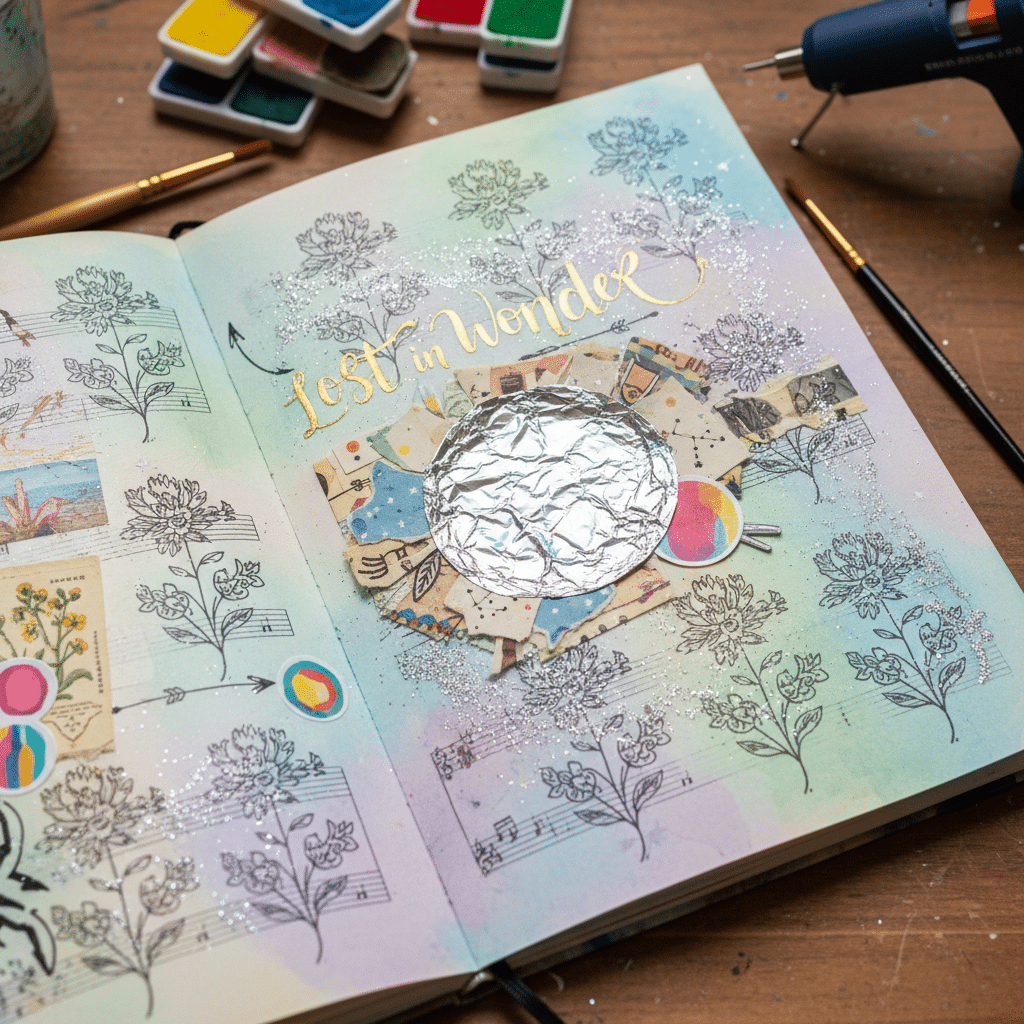
Don’t limit yourself to just stickers and pens.
- Watercolor Washes: Create soft, translucent backgrounds before adding your stickers.
- Stamping: Use rubber stamps with ink pads to add patterns, motifs, or text.
- Collage Techniques: Rip and glue pieces of paper, fabric, or magazine clippings to build rich, textured layers.
- Embossing: Add subtle raised textures with embossing powders and a heat gun.
- Glitter and Foiling: Use glues or specialty pens to add shimmering accents.
Interactive Elements
Make your sketchbook more engaging with elements that move or open.
- Pockets: Glue down three sides of a small envelope or a folded piece of paper to create a pocket for holding loose notes, tiny photos, or extra stickers.
- Flip-outs/Flaps: Attach a smaller piece of paper that opens up to reveal hidden content, a drawing, or more journaling space.
- Tucks: Create small slots or tuck spots to hold tags or ephemera.
Storytelling Through Design
Every page can tell a mini-story.
- Visual Narratives: Arrange stickers and drawings to create a sequence or a scene.
- Quote Integration: Combine inspirational quotes or personal affirmations with complementary visuals.
- Dream Boards: Use your sketchbook pages to visualize goals, desires, or future plans, much like how interior designers create mood boards to convey a vision for a space, making connections between design and architectural vision.
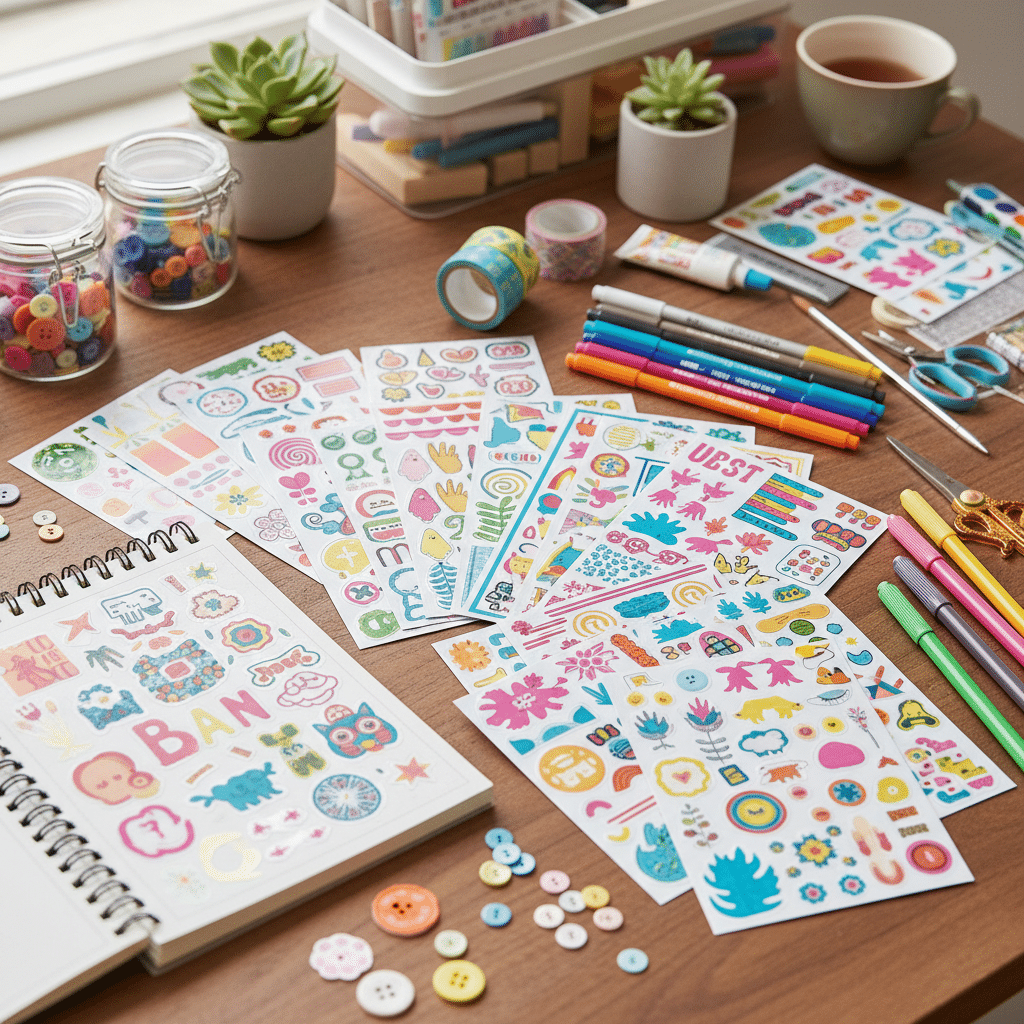
Maintaining Your Aesthetic Sketchbook
As your sketchbook grows, you’ll want to ensure it remains a joy to use and a treasure to behold.
Preventing Bulk and Wear
- Mindful Layering: While layering is great for depth, be aware of how much bulk you’re adding. Try to use thinner papers for collages and avoid overly thick embellishments on every page.
- Protective Sheets: If you have pages with delicate elements or excessive glitter, consider using tracing paper or glassine sheets between them to prevent sticking or transfer to opposite pages.
- Storage: Keep your sketchbook in a dry, safe place away from direct sunlight, which can fade colors and degrade adhesives. A simple sleeve or box can protect it from dust and spills.
Organizing Your Supplies

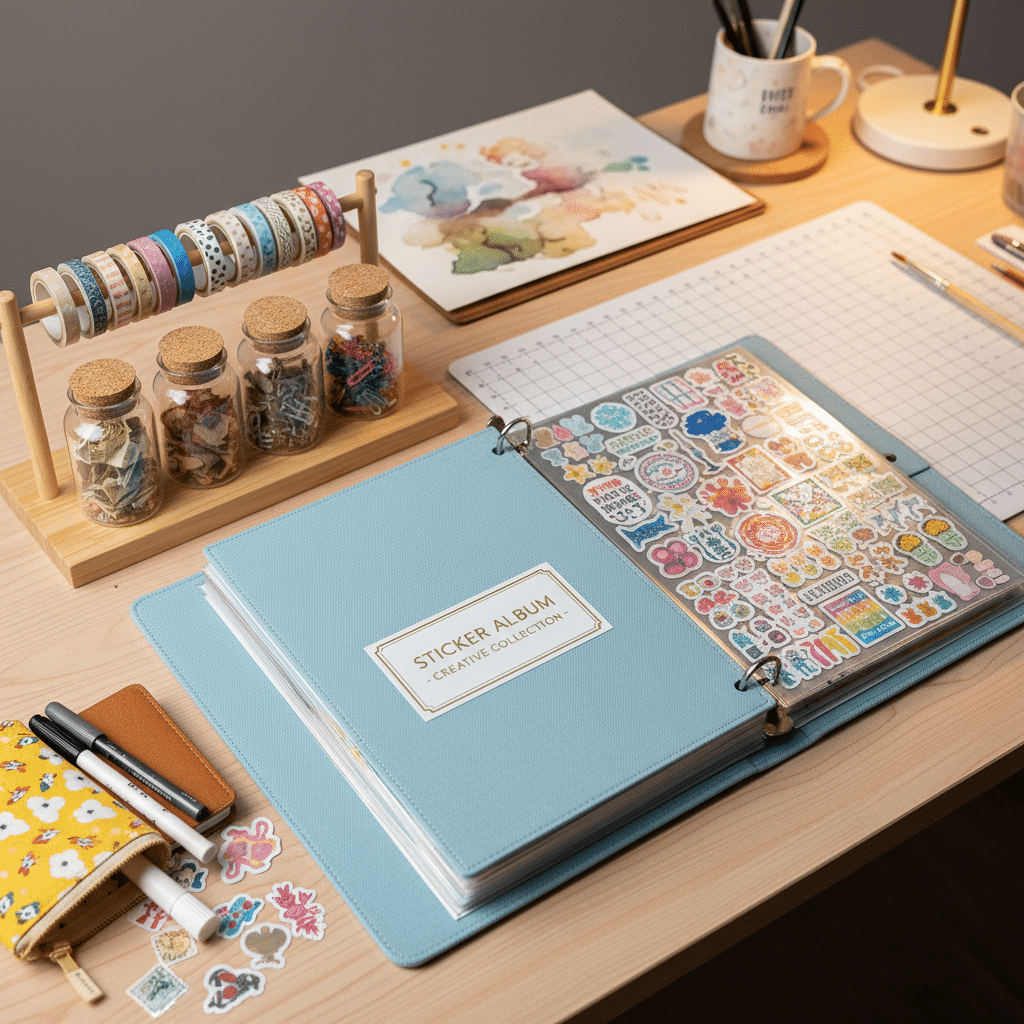
A well-organized workspace makes the creative process much smoother.
- Sticker Albums/Binders: Store your sticker sheets in clear plastic sleeves within a binder or a dedicated sticker album.
- Washi Tape Holders: Use dispensers, dowels, or even small containers to keep your washi tape neat and easily accessible.
- Ephemera Jars/Boxes: Categorize small bits of ephemera (tickets, leaves, fabric scraps) into clear jars or compartmentalized boxes.
- Portable Kits: For on-the-go creativity, assemble a small pouch with a mini sketchbook, a few essential pens, a glue stick, and a selection of your favorite stickers and washi tape.
Finding Inspiration and Community
The aesthetic sketchbook community is vibrant and welcoming. Tap into these resources to spark new ideas and connect with fellow creatives.
Online Platforms
- Pinterest: The ultimate hub for visual inspiration. Search for “aesthetic sketchbook,” “junk journal,” “collage art,” or specific aesthetic styles. Create your own boards to save ideas.
- Instagram: Follow accounts dedicated to art journaling, scrapbooking, and sticker art. Hashtags like #aestheticsketchbook, #stickersketcbook, #artjournal, and #journalingcommunity are goldmines.
- YouTube: Watch flip-throughs of other artists’ sketchbooks, “plan with me” videos, and tutorials on specific techniques. Seeing how others combine elements can be incredibly inspiring.
- TikTok: Short, engaging videos showcasing quick aesthetic spreads and sticker hauls.
Offline Inspiration
- Nature Walks: Collect leaves, small flowers, or interesting textures to incorporate into your pages.
- Museums and Galleries: Observe different art styles, color palettes, and compositional choices.
- Books and Magazines: Look for interesting fonts, images, and color combinations. Old books are fantastic sources of ephemera.
- Everyday Life: A unique coffee cup, a beautiful piece of packaging, an interesting pattern on a wall – inspiration is everywhere if you train your eye to see it. Consider how objects and patterns in daily life translate to design, much like understanding the nuances of color theory can transform your perception.
Conclusion
Creating a sketchbook with stickers aesthetic design is a deeply personal and wonderfully rewarding journey. It’s an invitation to slow down, to engage your senses, and to express yourself without reservation. From selecting the perfect paper to meticulously placing each tiny sticker, every step is an act of creation, a mindful moment dedicated to your artistic well-being.
Your aesthetic sketchbook will become more than just a collection of pages; it will be a testament to your creativity, a visual diary of your inspirations, and a beautiful reflection of your evolving style. So, grab your favorite stickers, open a fresh page, and start designing the sketchbook of your dreams. Let your imagination lead the way, and enjoy every moment of this delightful artistic adventure.
Ready to embark on your creative journey? Start gathering your supplies today and begin filling your pages with beauty, meaning, and your unique aesthetic.
Frequently Asked Questions
What kind of stickers are best for aesthetic sketchbooks?
The “best” stickers depend entirely on your personal aesthetic and the look you want to achieve. However, popular choices include paper stickers (matte or glossy), vinyl stickers for durability, clear stickers for a seamless look, and washi stickers for layering. Look for themes like botanical, vintage, kawaii, minimalist, or abstract patterns to match your desired style.
How can I find my unique aesthetic for my sketchbook?
Discovering your aesthetic involves exploration and reflection. Start by gathering visual inspiration from Pinterest, Instagram, magazines, or nature. Pay attention to colors, themes, and styles that consistently attract you. Consider your personal interests and hobbies, as these often reveal your underlying preferences. Don’t be afraid to experiment and allow your aesthetic to evolve over time.
Can I use other materials besides stickers?
Absolutely! Incorporating other materials is highly encouraged to add texture, depth, and a mixed-media feel to your sketchbook. Popular additions include washi tape, ephemera (like old tickets, stamps, or dried flowers), magazine clippings, fabric scraps, various pens and markers, watercolors, and even small photos or journaling cards.
How do I keep my sketchbook from getting too bulky?
To manage bulk, be mindful of layering too many thick elements on every page. Use thinner papers for collages when possible, and consider using flat stickers instead of heavily dimensional embellishments frequently. If you have particularly bulky pages, you can place a sheet of tracing paper or glassine between them to prevent damage or sticking to the opposite page. Proper storage, like a sturdy sleeve or box, also helps maintain its shape.
Where can I find inspiration for my sticker sketchbook?
Endless inspiration awaits online and offline! Pinterest and Instagram are fantastic for visual ideas; search hashtags like #aestheticsketchbook, #artjournal, or #junkjournal. YouTube offers flip-throughs and tutorials. Offline, look for inspiration in nature, museums, books, magazines, and even everyday objects like packaging or textiles. Observing the world around you with an artistic eye can spark countless ideas.
- 16shares
- Facebook0
- Pinterest16
- Twitter0
